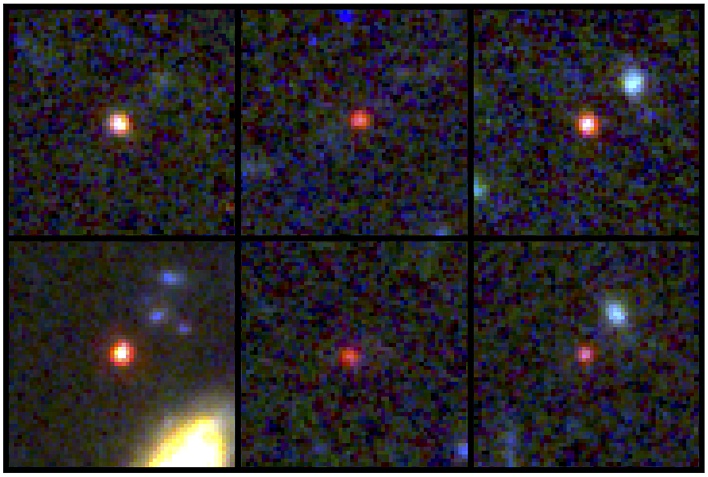NASA's Space Telescope Spots Huge Galaxies Too Big To Exist And Scientists Are Stumped
The group of international researchers, led by a Swinburne University of Technology researcher, say that what they found could "force a drastic rethink of how the first galaxies formed after the Big Bang." Their findings come from images from JWST of immense candidate galaxies that are up to 100 billion times the mass of the Sun.
"We've never observed galaxies of this colossal size, this early after the Big Bang," remarked lead researcher Associate Professor Ivo Labbe. "This discovery could transform our understanding of how the earliest galaxies in our Universe formed."
The galaxies were identified in some of the first images taken by JWST, according to a press release. Labbe was awarded time within JWST's first observation cycle, along with Professor Kari Glazebrook.

The paper, which was published on February 22, 2023, in the journal Nature, states, "If verified with spectroscopy, the stellar mass density in massive galaxies would be much higher than anticipated from previous studies based on rest-frame ultraviolet-selected samples."
Previous models suggested that galaxies during the time period of around 500 to 700 million years after the Big Bang would still be coming together. This has led the team to check their findings over and over, in order to check for any possible errors they may have missed.
"The revelation that massive galaxy formation began extremely early in the history of the Universe upends what many of us had thought was settled science," remarked astronomer Joel Leja of Pennsylvania State University. "We've been informally calling these objects 'Universe breakers' - and they have been living up to their name so far."
There are other possible explanations for the objects, such as supermassive black holes that have never been seen before. But even then, it still does not account for the amount of mass concentrated in one place during that time period of the early Universe. Whatever the objects are, they are making astronomers and scientists question what they once believed to be true about the Universe we live in.


